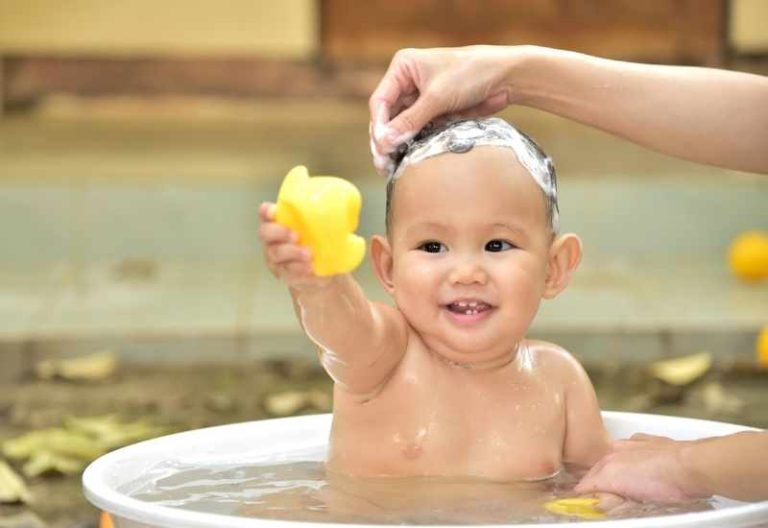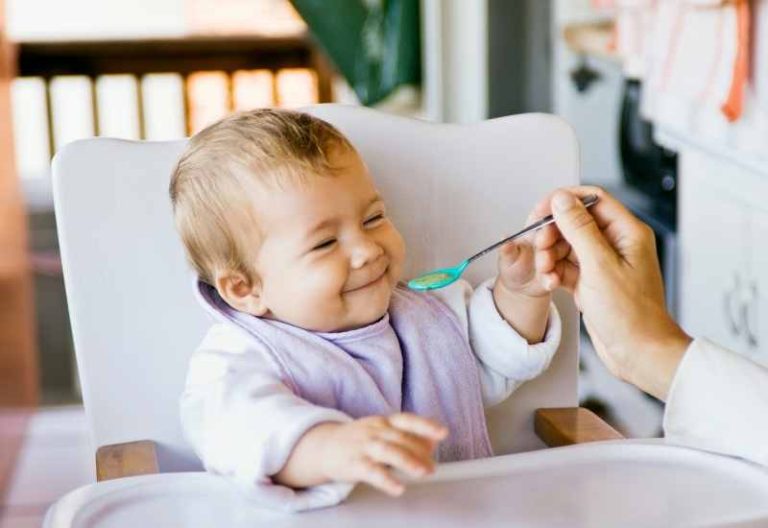How to get started with non-toxic living in 2024
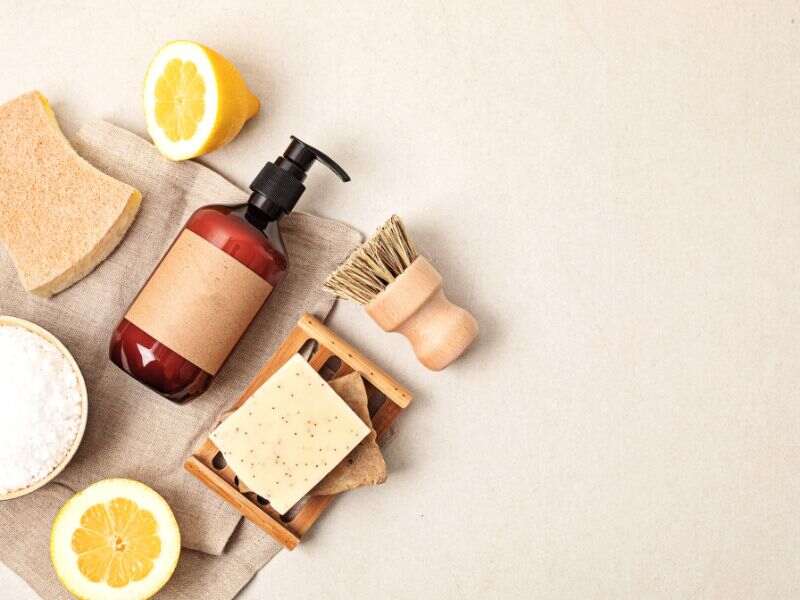
Are you worried about chemicals in your home? Do you want to start living a more natural lifestyle?
It might seem daunting to get started with non-toxic living, but it’s actually not as difficult as you might think.
There are lots of ways to get started on a non-toxic lifestyle, from reducing your exposure to toxins, to detoxing your home, to eating non-toxic food.
In this article, I’ll share some simple steps that you and your family can take to reduce your exposure to toxins and live a healthier life.
Let’s dive in, mama, and I’ll share everything with you.
Remember: Rome wasn’t built in one day. Focus on each small improvement and don’t stress about making the switch to a non-toxic lifestyle all at once.
It’s about balance. Most of us aren’t able to or don’t want to live completely chemical-free (we need medicine, gas, etc.). Instead, it’s about making everyday improvements to avoid unnecessary chemicals. Because there are some good alternatives out there!
This post contains referral links for products I love. Danish Mom earns a small commission at no extra cost to you if you make a purchase through my links. Thank you for your support ♡
Table of Contents
What is non-toxic living?
Non-toxic living is a lifestyle free from harmful chemicals in your home and body.
Studies show that the average household contains around 400 different toxins that can potentially harm our bodies.
They come in the form of softening phthalates in toys and kitchenware, pesticide residues in fruit and vegetables, hormone-disrupting parabens and fragrances in shampoos and cosmetics, dioxins and heavy metals in edible fish, and SO much more!
As moms, we want the best thing for our family. The last thing we want is a home filled with toxic chemicals that can harm us.
How are chemicals harmful?
Many of these household chemicals are there to help make life easier for us, but they can be very dangerous if they’re consumed in large enough quantities.
Long-term health problems might include allergies or asthma, reproductive problems, birth defects, effects on the mental, intellectual, or physical development of children, organ damage, and cancer.
Benefits of non-toxic living
While some chemicals are unavoidable, there are many ways that you can reduce your exposure to them. These are some of the benefits of non-toxic living:
- Better health
- Improved gut health and immunity
- Diminished inflammation
- More energy
- Clearer skin
- A cleaner environment
- Better air quality in your home
- Peace of mind
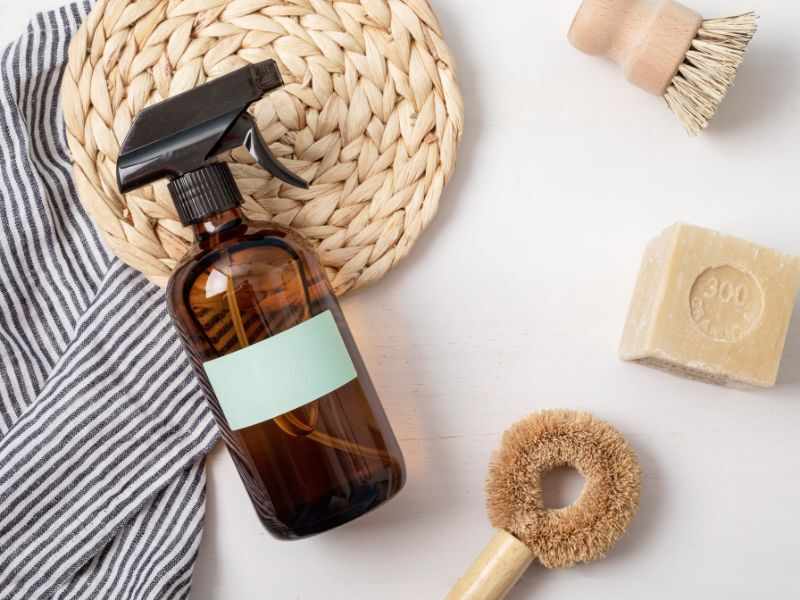
Children are more susceptible
Chemicals can be harmful for everyone in the family, but especially for our children.
A child’s brain is particularly susceptible to the effects of toxic chemicals, as they are very fragile during development.
What’s more, kids interact with toys and clothes in a different way than us. They suck on it and sleep with their favorite teddy bear.
At the same time, children are more sensitive because their skin is thinner, so they risk developing allergies, skin irritation, or perhaps early puberty if they are exposed to chemicals, phthalates, and hormone-disrupting substances.
One of the easiest ways to avoid exposure to toxins is by choosing:
- Natural toys like wood
- Organic and sustainable clothes
- Non-toxic kids products (like diapers, high chairs, car seats, and bath toys)
- Non-toxic household products
- Organic and non-processed food
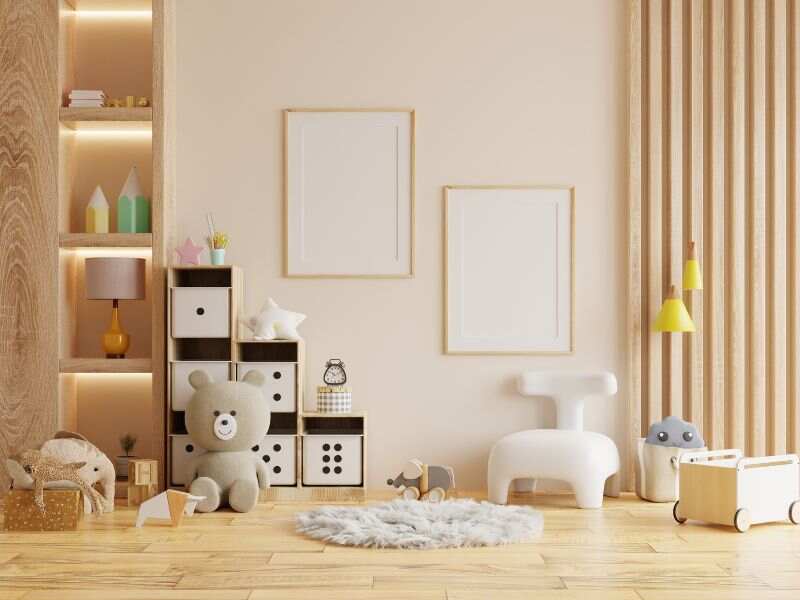
How to reduce your exposure to toxins
Toxins are all around us, and they can be harmful to our health.
One of the best ways to reduce your exposure to them is by avoiding or reducing processed foods and drinks because they often contain harmful chemicals and preservatives.
Instead, choose organic food whenever possible as it hasn’t been exposed to pesticides and therefore is non-toxic.
Many household chemicals hide in cleaners, like hand soap, skincare, shampoo, and detergent. Find a non-toxic alternative – one without perfume, dyes, and parabens. I love using natural cleaning products like vinegar as it’s great for descaling and detergent – plus it’s very affordable.
Toxic ingredients you should avoid:
When you’re buying shampoo, clothes, and household products, these are the ingredients you should avoid:
- BPA
- Phthalates
- Parabens
- Formaldehyde
- Sodium lauryl sulfate
- Benzene
- Toluene
How to detox your home
Our home is where we spend the most time with our family. So, obviously, you don’t want it riddled with chemicals and toxins.
The first thing to do is remove all non-essential items from your home. The fewer things you have, the less opportunity there is for toxins to accumulate.
The same goes for cleaning. By vacuuming and dusting regularly, you’ll remove any toxins that may have accumulated over time. Use natural or non-toxic cleaners when you do the laundry, and dishes and clean the surfaces and bathroom.
There are many non-toxic cleaners available that work just as well as chemical cleaners.
A natural way to detox your home is to have plants that absorb toxins. According to a study from NASA, certain indoor plants can clean the air and remove up to 87% of poisonous elements in the air.
That’s a lot!
Some of my favorite plants are the snake plant, which removes trichloroethylene, formaldehyde, benzene, and xylene, or the aloe vera, which purifies the air of formaldehyde and benzene found in floor finishes, varnishes, and detergents.

How to eat non-toxic food
Another way to reduce your exposure to toxins is by eating non-toxic food. Lots of foods are high in toxins, including processed foods, fast food, and artificial sweeteners.
Instead, try to eat organic fruits and vegetables as much as possible. Organic produce has not been exposed to pesticides.
I know that organic food is more expensive. But a little goes a long way. For instance, we’re not all organic eaters at our house. But we always choose organic fruits, dairy, eggs, and vegetables.
By following these tips, you can easily eat non-toxic food without having to make any major changes:
- Buy organic fruit and vegetables
- Wash fruit and vegetables before eating
- Eat a varied diet to avoid getting too much of the same toxins
- Grow your own vegetables
- Avoid processed foods and drinks
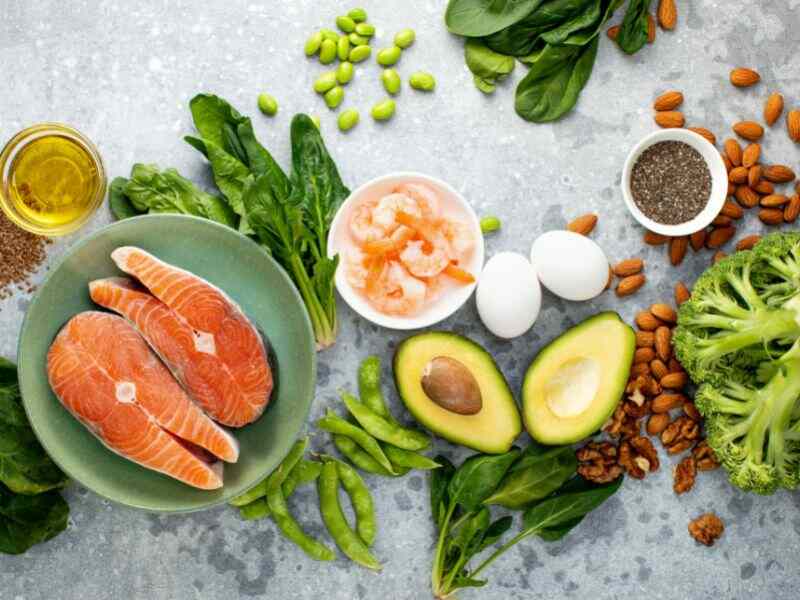
How to choose non-toxic products
When you’re looking for non-toxic products, choose products that are free of harmful chemicals and toxins. You can find non-toxic products, by reading the labels to checking the certifications such as USDA Organic, NSF International, and Green Seal.
One of my favorite ways to live non-toxically is by choosing natural materials, like wood, iron, leather, or bamboo.
I recently switched out our plastic straws with aluminum straws and I actually like them better because they cool down the drink (bonus).
FAQ – Non-toxic living
How do you live a nontoxic life?
To live a nontoxic life, choose organic foods, use natural cleaning and personal care products, avoid plastics, and opt for eco-friendly materials in your home and lifestyle.
How do you get rid of toxins in your life?
To reduce toxins in your life, eat organic foods, drink plenty of water, use natural cleaning and personal care products, improve indoor air quality, and choose non-toxic materials for your home and clothing.
Regular exercise and adequate sleep also support your body’s natural detoxification processes.v
What are the symptoms of toxins in your body?
Symptoms of toxins in the body may include fatigue, headaches, confusion, and muscle aches. Read more on Mayo Clinic.
Where do toxins hide in a house?
Toxins can hide in various places in a house, including cleaning supplies, laundry products, cookware, mattresses, and furniture treated with flame retardants.
They can also be found in some plastics, paints, and carpets that may off-gas volatile organic compounds (VOCs).




